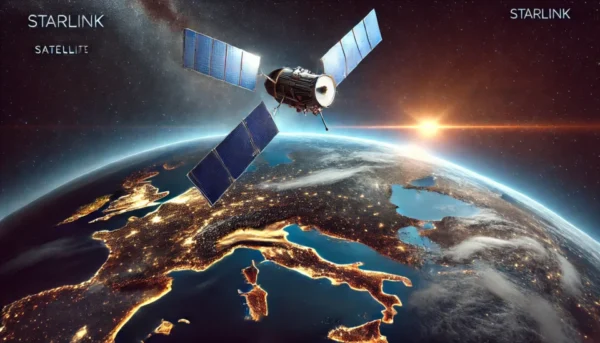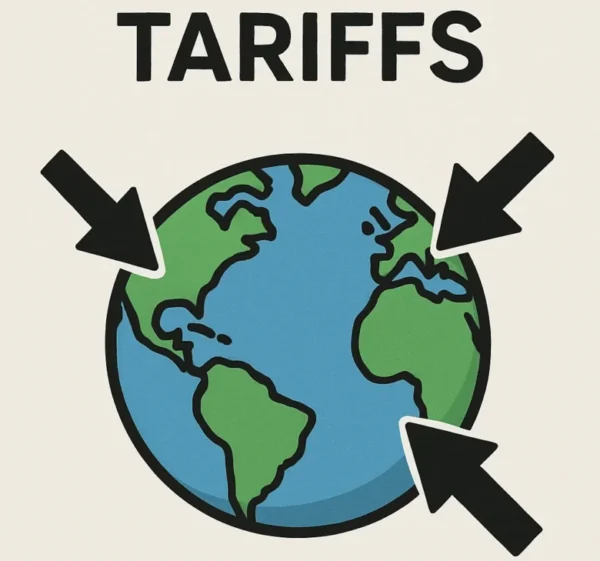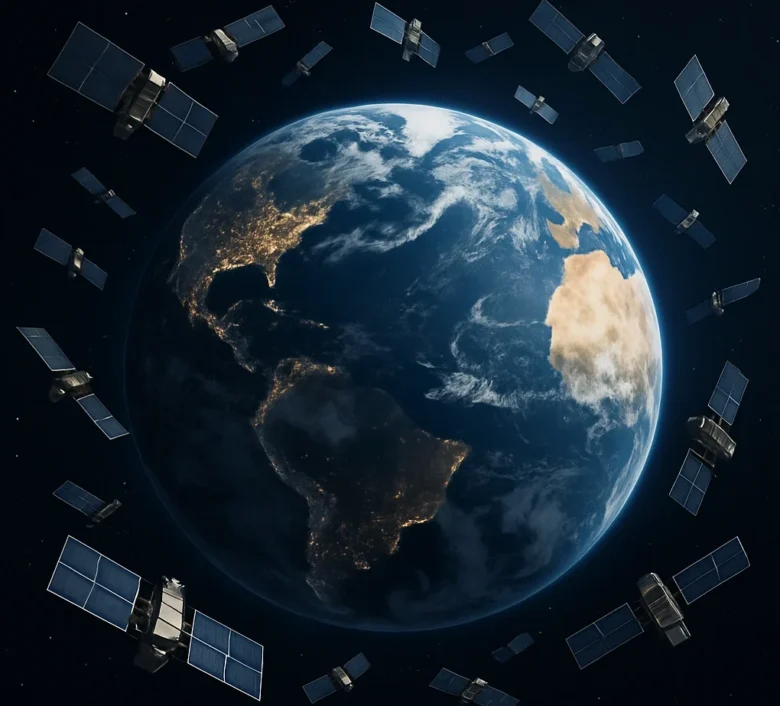
Starlink, SpaceX’s satellite internet service, is set to launch in India, aiming to bridge the digital divide with high-speed connectivity in remote areas. While Starlink’s advanced satellite technology offers a game-changing solution, it faces regulatory hurdles, pricing challenges, and stiff competition from local ISPs like Jio and Airtel. Can Starlink revolutionize India’s internet landscape? Explore its opportunities and roadblocks in our latest analysis.
Starlink, a global satellite internet service, is set to launch in India. Starlink, a SpaceX initiative, aims to provide high-speed internet services even in remote regions where the Internet’s accessibility and reliability are still a challenge. Its introduction in the Indian market will significantly impact the country’s internet connectivity, where digital access is still a challenge for millions.
Starlink, launched in May 2019, is a satellite internet constellation system with thousands of satellites deployed in low earth orbit, approximately 300 miles above the Earth. Their proximity to the Earth’s surface allows them to reduce latency and enhance connectivity by fast transmission. It has surpassed over 3 million subscribers and is continually expanding its operations worldwide since its beta testing phase in October 2020. Its global mission to provide network connectivity to unserved regions with rising demand for reliable internet connection led to Starlink’s rapid growth. Technological advancements in the network design such as the incorporation of inter-satellite links and phased array antennas are added advantages to enhance its performance and reliability.
Starlink’s launch in India aligns with the country’s mission of ‘Digitial India’, an initiative commenced by the Indian government to enhance digital access to its people. Starlink’s presence can improve network connectivity in the country’s rural areas where existing broadband connections are either limited or not available. The Internet services to these areas will facilitate communications, access to online education, and emergency services to the people and will also stimulate the country’s digital economy.
Starlink’s preparing to launch in the Indian market may face challenges to establish itself in India’s Internet services landscape -India’s complex regulatory environment, pricing and affordability, and competition with the existing Internet service providers. To attract users Starlink has to work on its pricing strategy, as most of the consumer market segment comprises the middle class, who are the driving factor of the consumer market, it depends on whether the price-conscious market is ready to adopt Starlink’s services.
It may face issues related to pricing and competition with the existing players such as Reliance’s Jio, Bharti Airtel, and BSNL who are already providing services at much cheaper rates as compared to the expected pricing of Starlink. Apart from getting the necessary licenses, Starlink is also waiting for the Telecom Regulatory Authority of India(TRAI) to finalize recommendations for spectrum pricing (expected by December 15 ), which is another determinant of its plans for the Indian Market.
Starlink is well prepared with its advanced satellite technologies to suit India’s diverse terrain and weather conditions and can effectively provide reliable and high-speed internet to rural areas, where providing internet through the traditional approach is either too costly or not practical due to its unique terrain. However, there are several challenges it has to face in regulatory frameworks, pricing strategy, and the country’s security concerns. Starlink’s success in the Indian Market depends on its adaptation of a business model and strategy that meets the requirements of the market needs and regulatory compliance.






